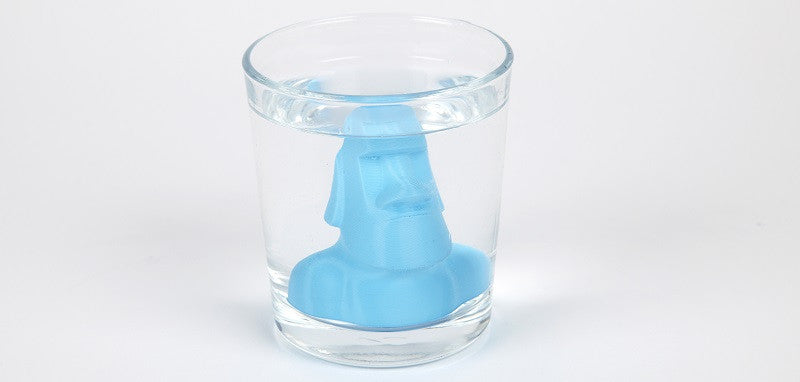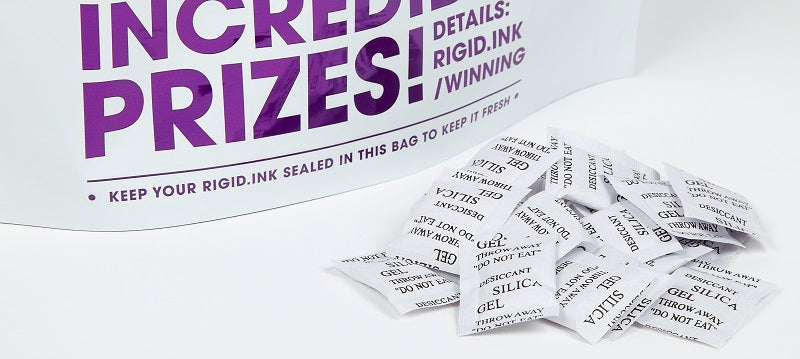
How To Dry PLA Filament in Oven – Full Guide


At 3DSourced we’ve covered everything 3D printing and 3D since 2017. Our team has interviewed the most innovative 3D printing experts, tested and reviewed more than 20 of the most popular 3D printers and 3D scanners to give our honest recommendations, and written more than 500 3D printing guides over the last 5 years.
Are you getting a slightly rough surface on your prints, or even crackling or popping during printing?
If so, it’s likely your filament is a little damp.
The problem is all 3D printer filaments are hygroscopic. This means in the air, they’ll absorb moisture over time.

In this guide, I’ll explain how I dry out filament using my household oven, and how to use proper 3D filament storage to prevent the problem altogether.
I’ll also share my process to test if formerly wet filament is safe to use again -so you can revive your filament with confidence!
How to Dry Filament: Need to Know
Why Water Damages Thermoplastics
All plastics are polymers or copolymers. Simply put, a polymer is a material that is made up of multiple long molecular chains of a single substance. For example, PVC or polyvinyl chloride consists of a bunch of vinyl chloride molecules.
A copolymer, on the other hand, is a material that is made up of several substances, each of which exists in long molecular chains. ABS is a copolymer and consists of strands of acrylonitrile, butadiene, and styrene molecules all bound together.
Polymers and copolymers are complex substances. They are designed to act in certain ways under specific conditions. For the most part, they fulfill this task admirably.
However, that task-specific complexity comes with a price. What can be built up, can also be broken down and nothing breaks certain polymers or copolymers down quicker than water.
If you looked at a polymer or copolymer under a strong microscope, you’d see that the long molecular strands that make them up are woven and braided together, almost like rough cordage or rope. This means that there is plenty of space between and around these strands.
Because of this, most polymers and copolymers are hygroscopic. This means that as air circulates around and through these strands, the spaces between them pick up and hold the molecular water that is naturally present in the air.
Some filament materials, like Nylon can be extremely sensitive to water – where if they absorb just a little it can lead to problems when printing.

The more water vapor there is in the air, the more molecular water the copolymer can pick up or absorb.
These water molecules in the spaces between the strands not only increase the size of the material, they also tend to break down and alter the length of some of the molecular chains that comprise the polymer.
This process is caused by hydrolysis. The result is an extruded copolymer plastic that doesn’t perform to design specifications.
How To Store PLA Filament to Keep It Dry
Even a small amount of absorbed water will negatively affect the end result of your print jobs. The best way to avoid this problem is to prevent your print materials from coming into contact with water vapor in the first place.

The easiest way to do this is by storing your filament in an air-tight container that contains desiccants. A filament dry box works well, but these can be necessarily bulky.
When it comes to airtight, however, all containers are not created equally. When most people think of airtight, they think of plastic containers and bags. These are fine short-term solutions for the most part.
It’s better to store your materials in a plastic bag than to leave it unprotected in a drawer or box.
However, over time, plastic containers and bags are slightly water permeable. This means that the longer your printing materials sit in the plastic bag, the more water they are slowly absorbing. If you’re using clear bags or a clear box, UV light can also degrade your filament over time.
You might be thinking how long does 3D printer filament last? And if I shouldn’t be storing PLA filament (or any other 3D printing material) in clear bags, what should I use?
Well, if you live in a humid climate, this process is accelerated. Eventually, even with the use of desiccants, you wind up with filament that is water damaged.
A better solution is to use high-quality Mylar bags, or bags made of a similar material, to store your thermoplastics. Mylar, as you know, has a metal layer that is embedded between two layers of plastic.
This metal layer keeps any water vapor that permeates the plastic layer away from your printing materials. The result is dry materials that are ready to give you great results every time you print.

Here at rigid.ink, this is the reason we provide a high-quality metallic, sealable bag, along with desiccants, with every order we ship. It makes no sense to sell our customers the world’s most reliable 3D printing thermoplastics and not give them the best means to protect those materials when they are not being used.
How You Can Tell That Your Printing Material Has Absorbed Water
There are two easy methods that you can use before you print in order to determine whether your material has absorbed water. First, you can measure the diameter of the material itself.
Remember, when a polymer absorbs water it begins to increase in size. The more water it absorbs the bigger the size increase will be. If the diameter of your filament has increased by 10% or more, it is likely that absorbed water is the cause.
The other way to determine if your filament has absorbed water is to extrude a small amount of filament prior to printing. We’ve probably all had the experience of sitting next to a fire and listening to it pops and crackles. This occurs because there’s water in the wood that is turning to steam as a result of the heat.
When you extrude thermoplastic that has absorbed water, the same phenomenon occurs. The heat of the print end causes the water in the plastic to expand. As the plastic extrudes, you will hear hissing or popping that is a result of the steam escaping. You may also see bubbling.
If you suspect that your filament has absorbed water you’re going to need to dry it out. In the next section, we’re going to show you how.
How to Dry Filament in Oven
If your filament has absorbed water, you’re going to have to dry it out before you can use it to print. The easiest way to do this is by using your oven to get the job done.
The first thing to do is check out the glass transition temperature for the filament that you are going to dry. You want to make sure that you keep your oven temperature below the transition temperature. In general, about 60-70°C is just about right for most materials, except maybe a bit hot for lower temp materials like PLA. Always keep in mind how hot your oven runs and only use electric ovens.
You also want to be aware, even if the Glass Transition temp is very high, for a material like Nylon or Polycarbonate – the spool your filament is wound on is likely made from an ABS which will soften at lower temperatures than the filament.
How to Dry PLA Filament in Oven
For drying PLA filament you want to ensure more care, as 70°C will be too hot. We recommend at the very lowest temp your oven will go around 40°C. Even at this temperature, your PLA will soften, so drying PLA in the oven won’t always give you the results you’re after. It’s a small reminder as to the importance of keeping excellent PLA storage.
Once the oven is up to temperature, place the spooled material inside and leave it there for four to six hours. If you have a convection oven, this drying time may be shortened since the circulated air removes more moisture from the material more quickly.
You can also ‘recharge’ the desiccant this way too, placing it in the oven over a low heat.

Once the time is up, remove the material from the oven, allow it to cool and place it into a water-impermeable container or bag along with desiccants. Make sure that the container or bag is completely sealed.
When you use any material that you have oven-dried to print, be aware that it will slightly more brittle than normal. If you handle the material with care this should pose no problem, especially when you consider the superior results that you can achieve when using a properly dry print material.
Hopefully, this will help answer how to dry filament. For more consideration on drying Nylon filament (which we recommend you do before ever Nylon print, for best results) you can check out our article on Nylon.
If you’ve tried everything above, and that’s still not helped (and your filament is less than a few months old) we recommend getting in touch with your filament supplier and asking for a replacement.
Related articles:




















